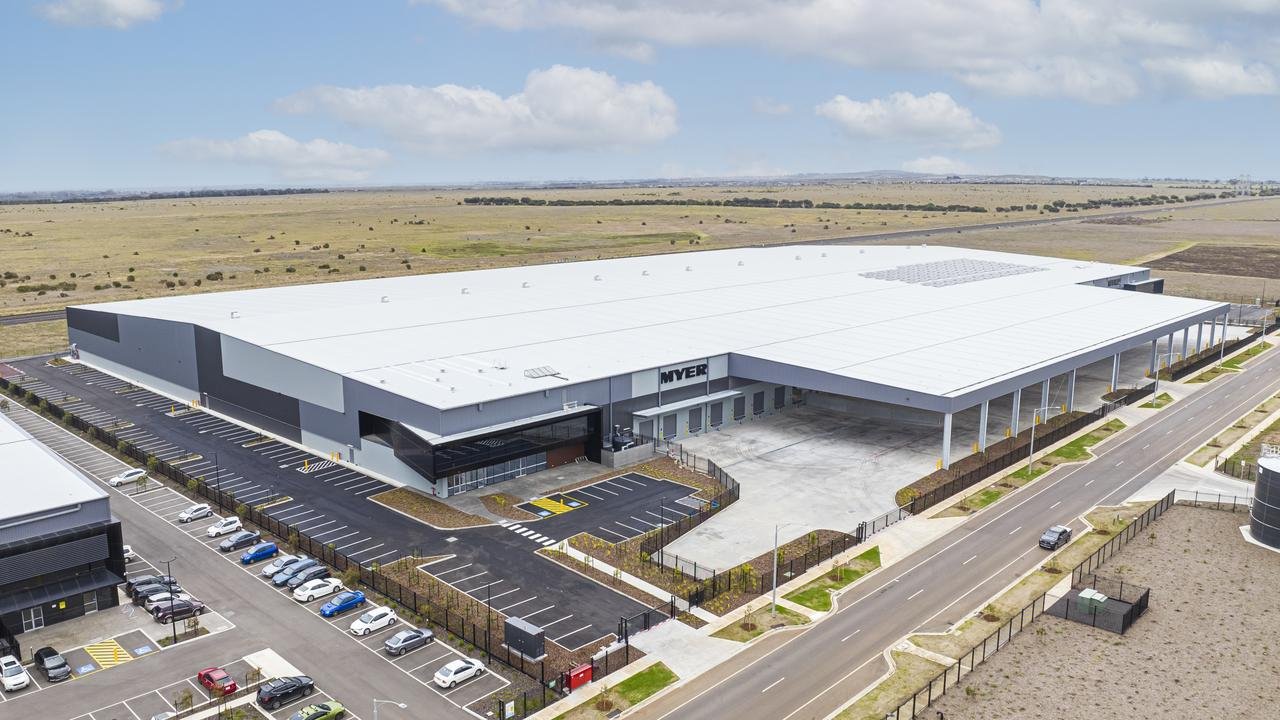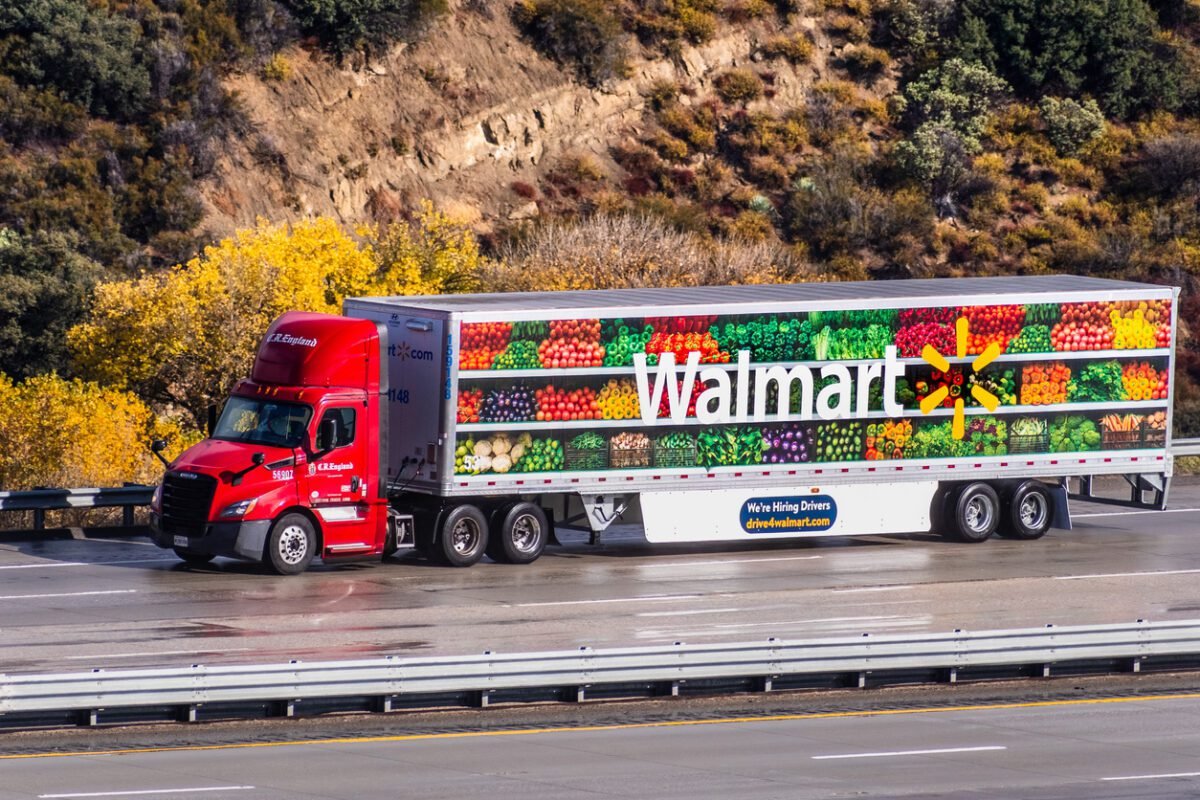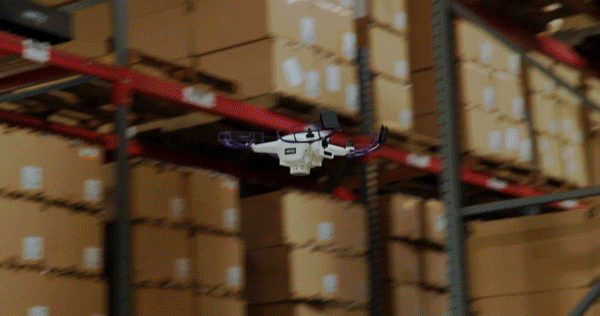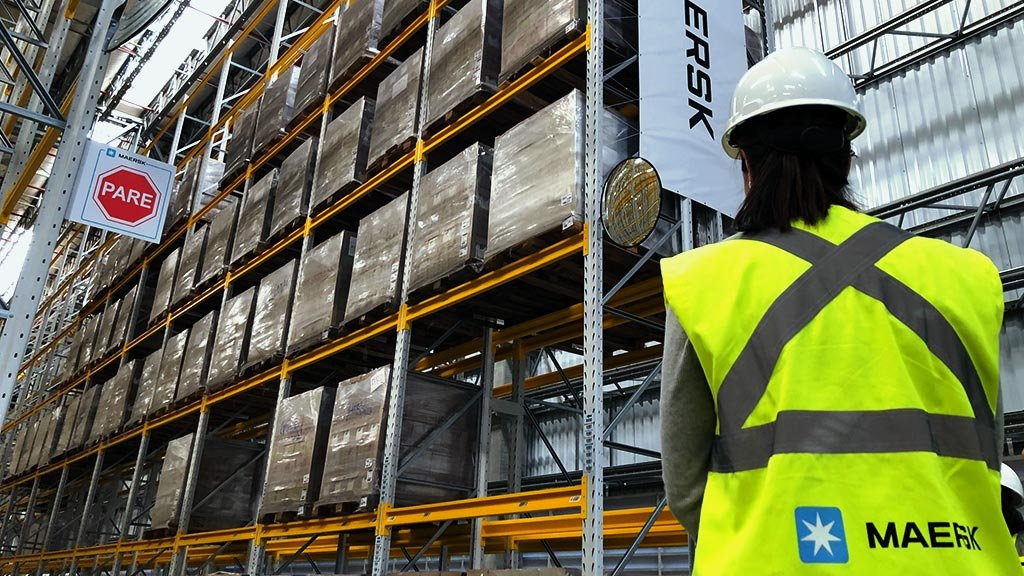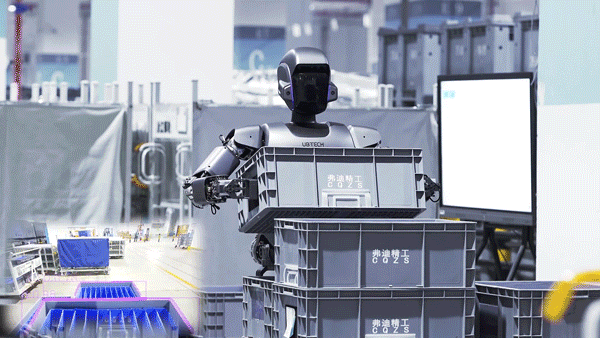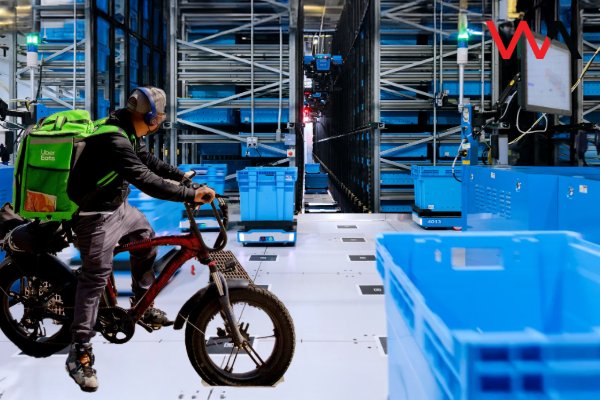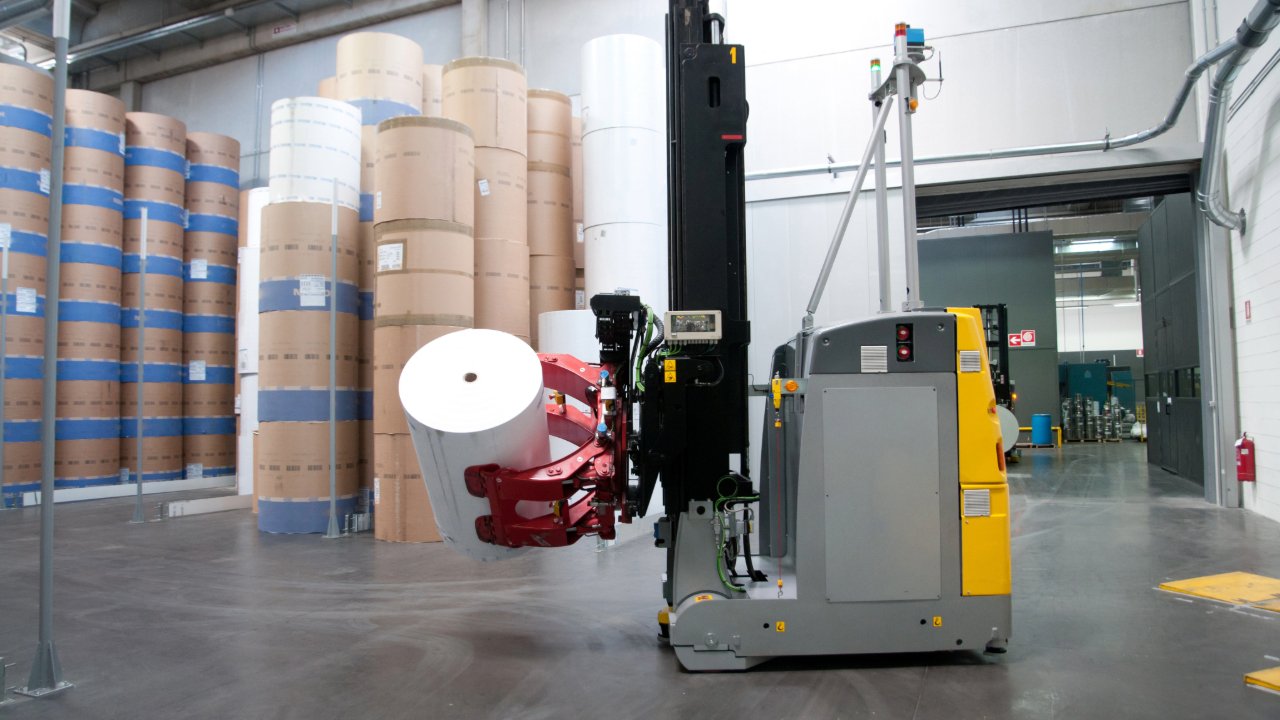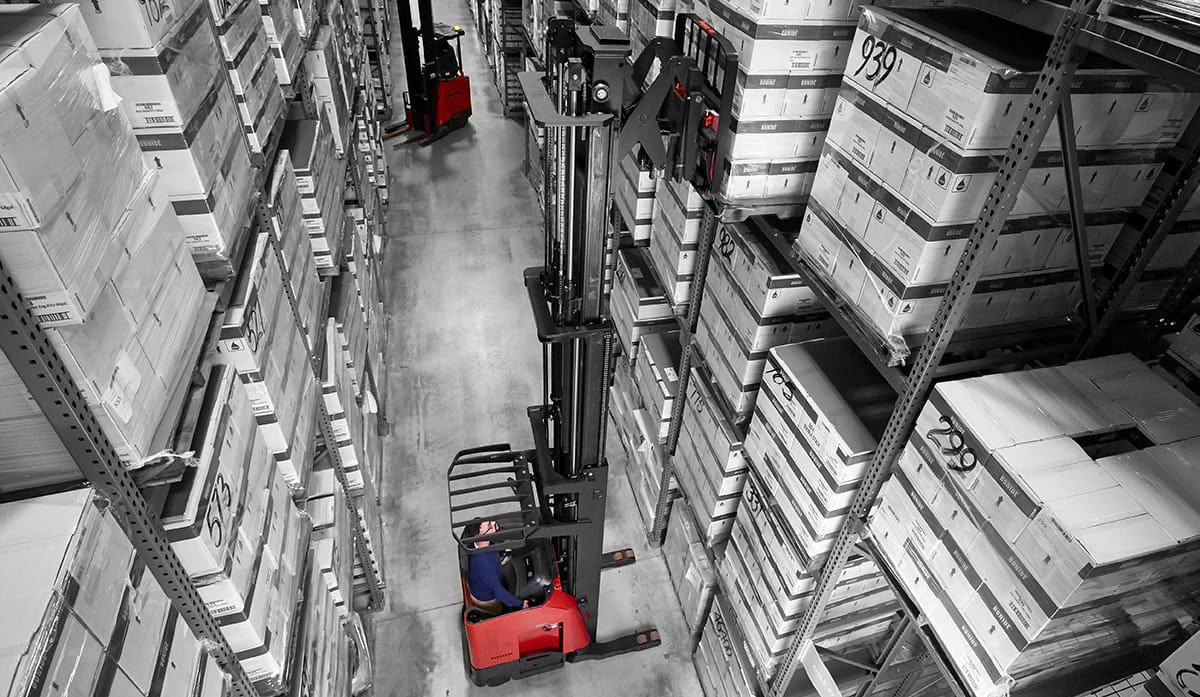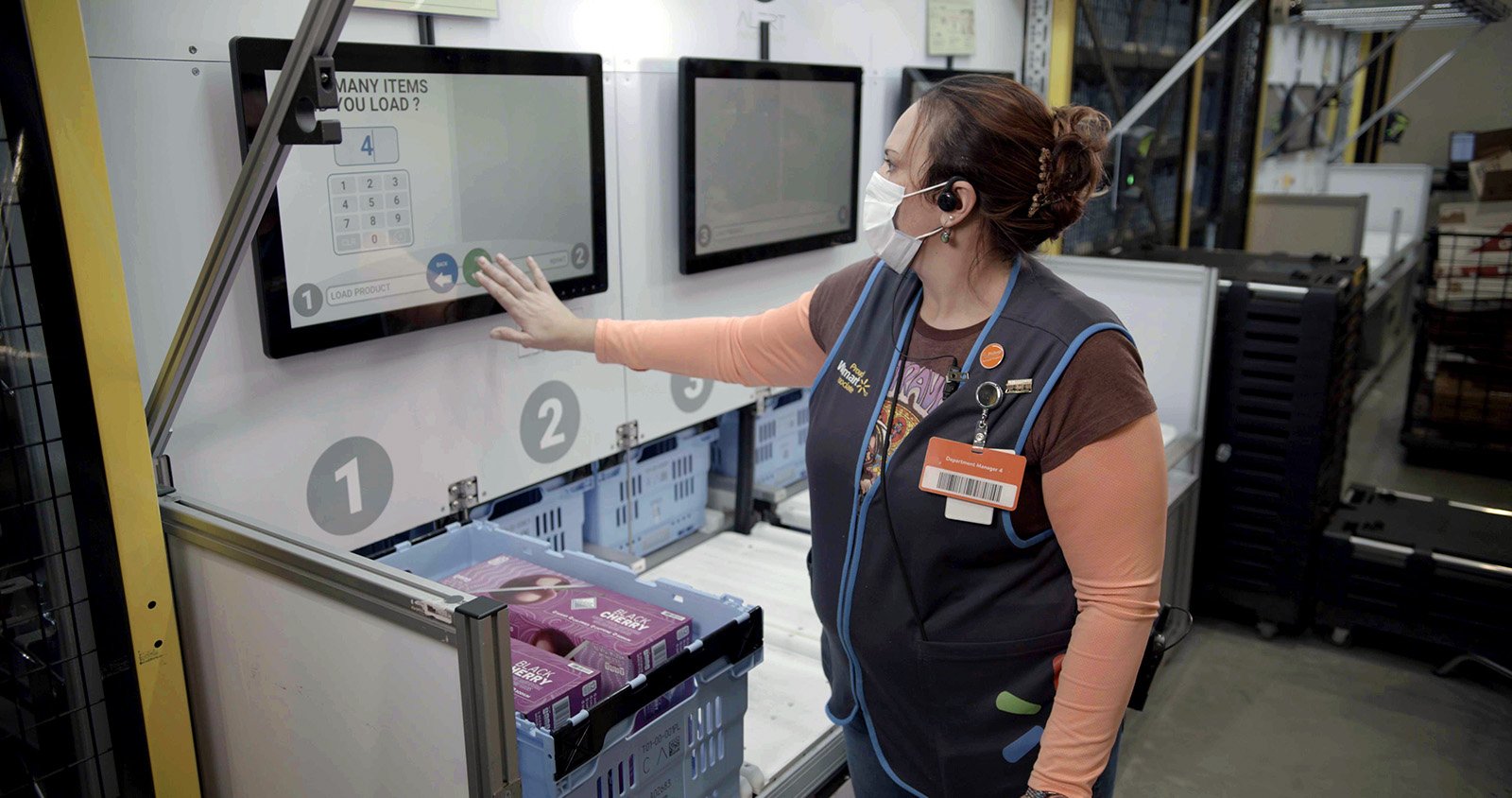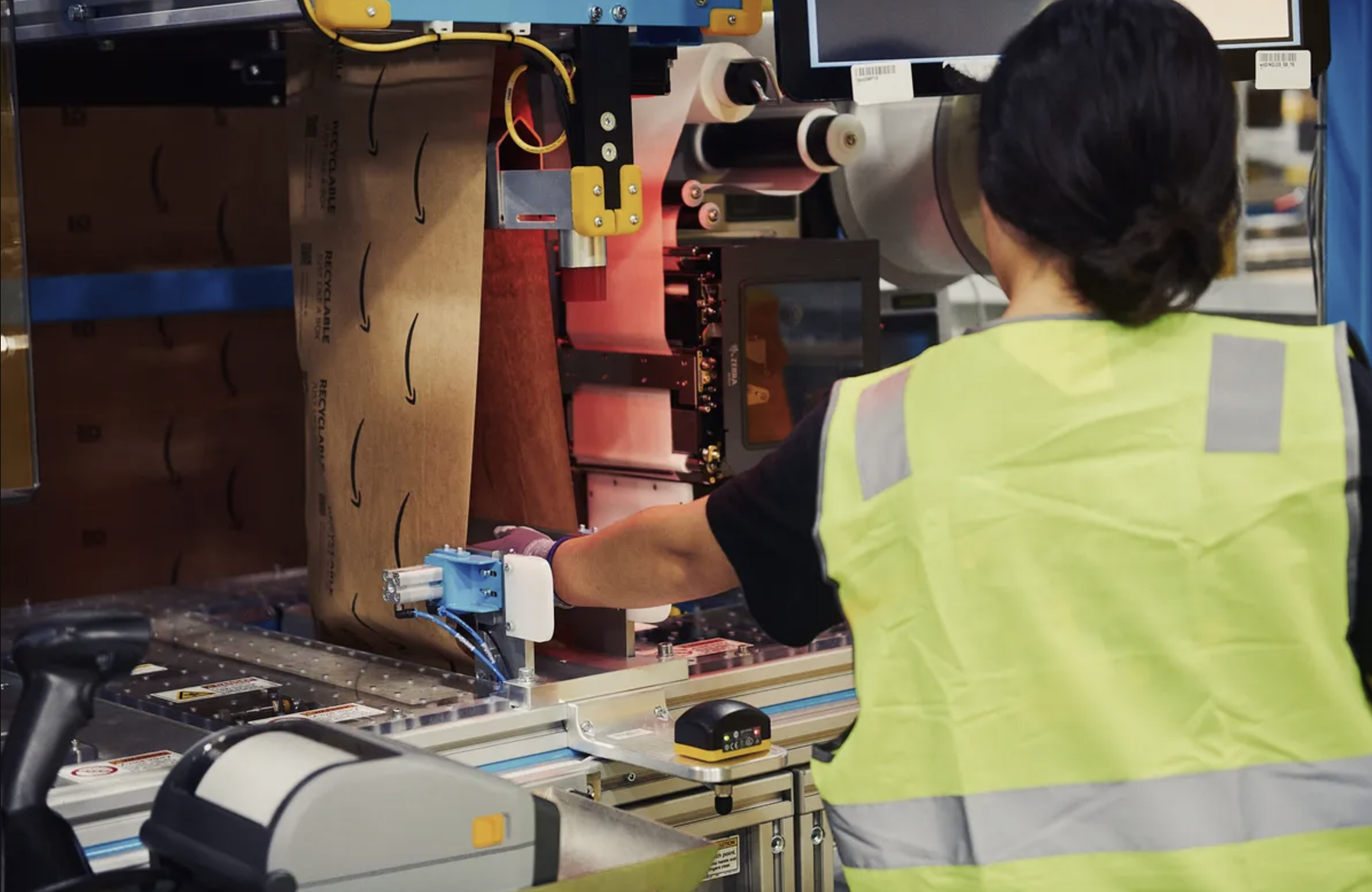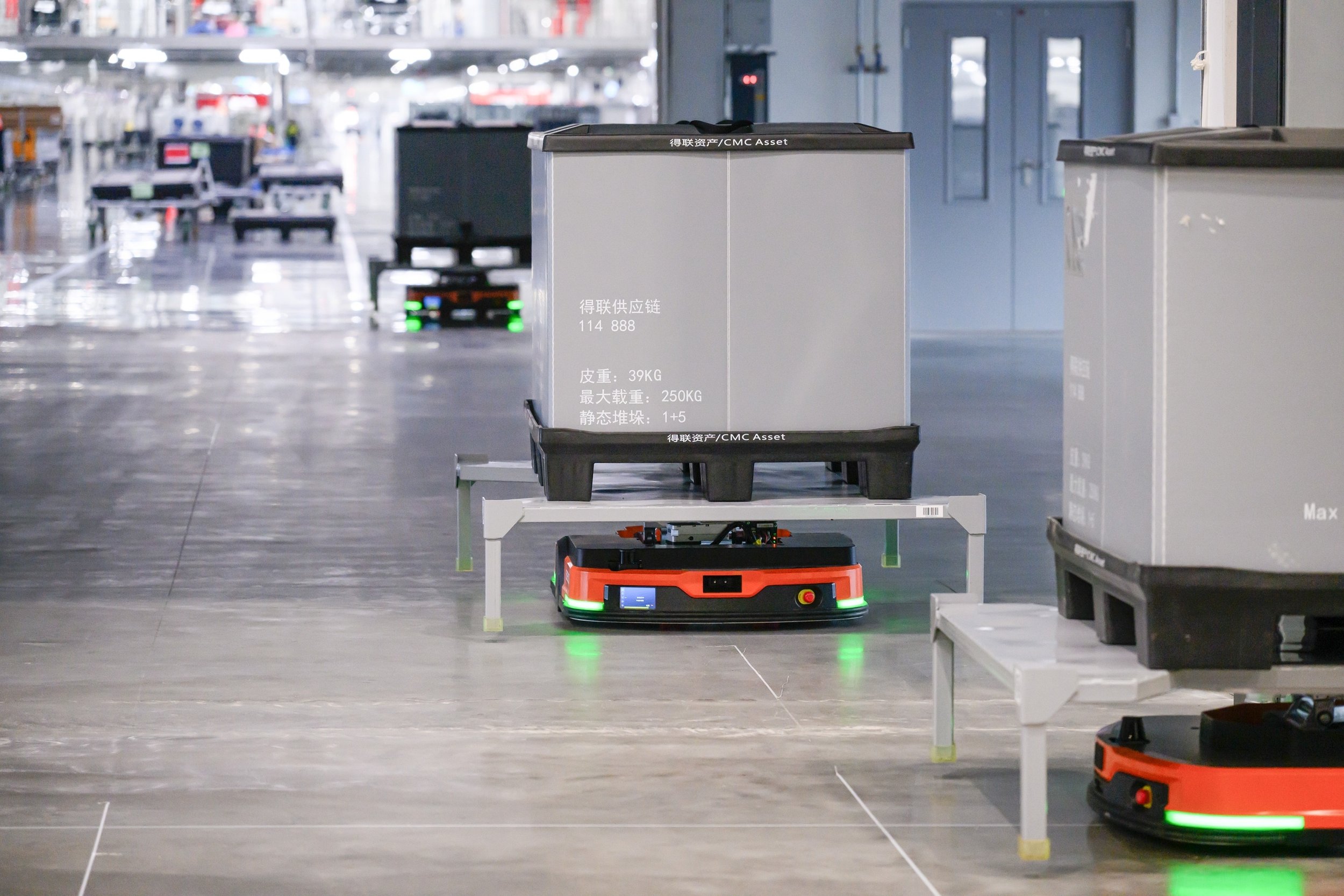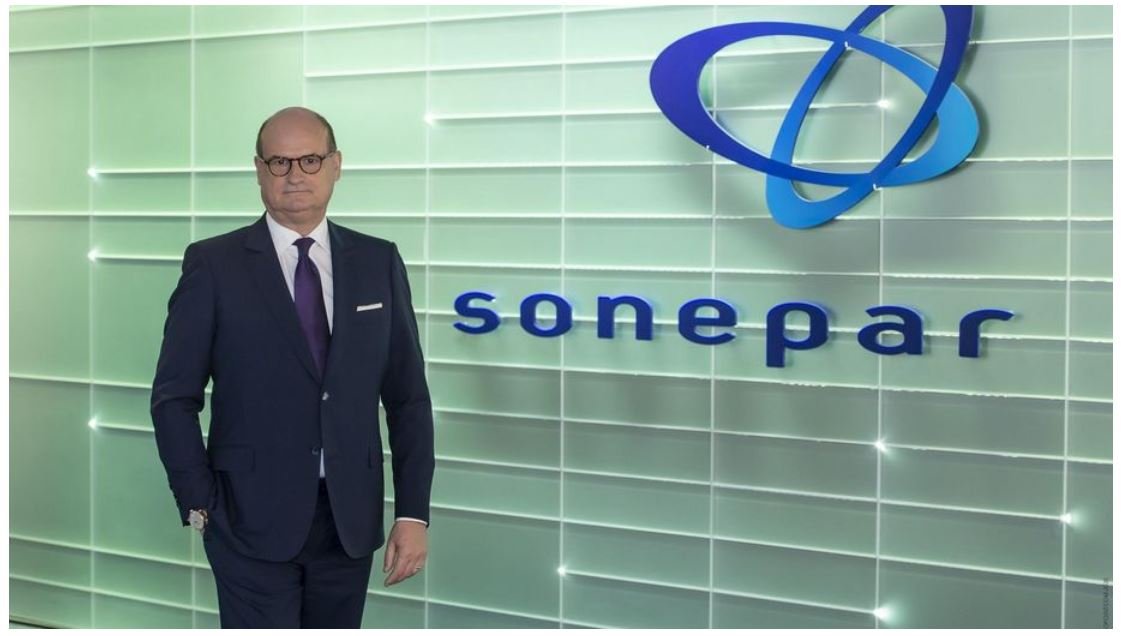AutoStore, Ocado, OPEX, Exotec, Locus, Amazon: Efficiency Study
Research: Warehouse and Logistics Automation Works Better with Human Partners by René de Koster and Debjit Roy (June 21, 2024).
Summary.
A study of automation usage in warehouse and logistics companies around the world suggests that blending human labor with robotics leads to greater efficiency than full automation alone. While scalable robotic systems can handle up to 1,000 tasks per hour, they often face limitations where additional robots don’t improve performance. Human-robot collaboration, employed by companies like DHL and CEVA, enhances productivity, reduces worker fatigue, and increases job satisfaction. The incremental approach of integrating human roles with automated systems not only keeps operations cost effective but also leverages human adaptability for continuous improvements.
In every sphere of business, the use of automation is growing. In warehouses and distribution, for instance, the worldwide market revenue for robotics automation is projected to grow from $7.91 billion in 2021 to more than $51 billion by 2030, according to one Statista forecast.
So far in e-commerce, the robots have kept pace with customer expectations. Some highly scalable robotized order fulfillment solutions can process up to 1,000 item storage and retrieval jobs within an aisle per hour. However, these systems are hitting a wall in some locations. Although fully automated distribution centers have high order-processing speed, such systems quickly reach a point where robots start getting in each other’s way — and simply adding more robots can’t speed up order-filling.
Where does automation go from here? Will human jobs largely focus on maintaining the robots? In fact, our research suggests that reports of human redundancy have been greatly exaggerated. In our study of distribution center operations, we have found that human beings still have a lot to contribute, even to highly automated processes. Right now, at least, distribution center automation with people in the mix is often a more efficient, flexible, and cost-effective bet than a completely automated center.
Keeping a Human in the Loop
We studied the performance of several fully robotized order fulfillment systems from companies around the world, including Witron, AutoStore, Ocado, OPEX, Exotec, Kiva Systems (now Amazon Robotics), LiBiao, and Locus Robotics. These companies offer solutions ranging from automated, mixed roll-cage loading in grocery warehouses to vertical aisle modules and stacked loads operated by robots and implemented by retailers for both store and e-commerce order fulfillment, to robotic sorting solutions. Though such systems offer flexibility to manage demand fluctuations, these systems work in a confined (caged) environment and require special warehouse storage layout. Our research found that when many robots are required to achieve a given throughput level, the system becomes prohibitively expensive.
By contrast, we found that, on the whole, warehouse systems work much more efficiently when people are well integrated into automated processes and operational design choices, such as restrictive human work zones, are evaluated effectively. Human-robot collaborative systems (or “cobots”), which have been adopted by companies such as DHL and CEVA, saw benefits including reduced travel times and fatigue levels, higher productivity, and more motivated employees.
We believe this is because humans are good at spotting opportunities for ongoing incremental improvement. While automation yields a once-off bump, keeping humans involved leads to more small but ongoing and persistent gains. One CEVA manager told us that he’d prefer an ongoing 1% monthly improvement in performance to a one-time 20% jump.
For example, our research has showed that simply adding a bit of choice to people’s tasks and the appropriate design of user interfaces can lead to significantly more system-wide productivity. In an experiment with collaborative robots in an order-fulfillment process where the workers picked items from storage locations, for example, putting humans in the lead (i.e., giving them a bit more autonomy) and letting robots follow as order pickers led to 8.3% greater productivity than when robots were in charge. These results align with self-determination theory, which says motivation and engagement come when a person has higher feelings of autonomy, competence, and relatedness.
Besides being better for process efficiency, a human-robot partnership makes the system more pleasant for employees. Workers tell us their jobs are now more interesting and safer, and the robots help them make fewer mistakes. Operators at a large third-party logistics company in the Netherlands told us: “It feels super cool to work with robots” and “Thanks to the robots I now have to walk far fewer miles.”
Surprisingly, such collaboration can also enhance worker job satisfaction. An operator who offloads packages on a robot at a Bangalore, India robotized sorting center told us: “Earlier, I had to do a lot of the process manually. Now, with the help of the bots, I am able to do a lot more with ease. Working with new technology, I’m learning something new that will help me grow.”
We also found advantages to an incremental approach to automation. In countries where the robots are imported and implementation costs are high, it’s often much easier to make a strong business case for staged introduction of automation than for a fully automated process. A flexible system can permit “seamless scale-up in times of high demand and seamless scale-down after the peak season,” as one manager put it. In addition, having people on hand can also make it easier to keep the system rolling if something does go wrong. “Even in case of a disturbance/malfunction, manual pick work can take over without interruption,” another manager told us.
Start with People
Overall, our research suggests that, deployed wisely, people can make an automated system operate much more smoothly and efficiently than when the devices are left to their own devices.
The key is to start your rollout by working first with the people who work in the process that will be automated. You should try to:
Involve people on the shop floor in your robot deployment strategy.
Give workers some freedom in task selection and execution. Our research shows more control increases workers’ productivity as well as their personal commitment, motivation, and job satisfaction.
When deciding which tasks to automate, start with the chores workers like least.
Allow for variation. Individuals are not the same. Wherever possible, let people make any adjustment they like if they see an opportunity to make their work easier.
Pair robots with workers intelligently. Limiting the worker travel in a fulfillment zone, for example, can significantly enhance worker productivity.
Keep in mind that automation may reduce contact between coworkers. If that happens and seems like a problem, try rotating personnel between tasks more.
Of course, involving people from the beginning will slow down the design stage of adding automation, but managers typically get those days back later during the rollout. Care taken early on will almost certainly make the larger operation more successful over time. Don’t worry if only part of your system is automated. Right now, the most cost-effective approach to automation often involves incremental adoption.
René de Koster is a professor of logistics and operations management at Rotterdam School of Management, Erasmus University.
Debjit Roy is an institute chair professor in the operations and decision sciences area at the Indian Institute of Management Ahmedabad, India.































